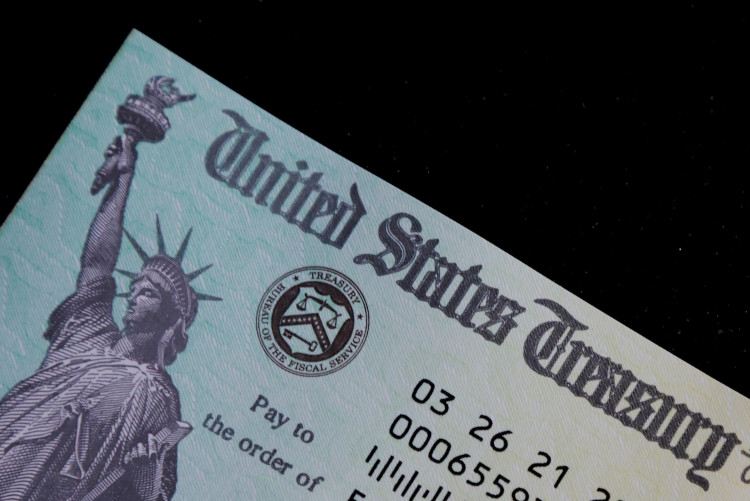Checks will soon be mailed to Coloradans as part of the Colorado Cashback program, which was approved by state legislators earlier this year.
Those who turned 18 by Dec. 31, 2021, and spent the entire year in Colorado are qualified for the payment. Even if they had no taxable income, residents are required to file a tax return in order to receive their refund.
The amount of money the state can keep and spend each fiscal year is constrained by the Taxpayer's Bill of Rights (TABOR). Unless voters adopt a resolution permitting the state to retain the excess, any revenue that exceeds the limit-determined by a formula that takes population growth and inflation into account-must be repaid to taxpayers.
Direct checks to Colorado households are one way the $3.5 billion surplus from the fiscal year 2021/2022 is being repaid.
Individual filers will receive a check for $750, while joint filers will receive a check for $1,500. However, keep in mind that TABOR refunds typically vary in size, with those earning more receiving a higher refund because they paid more in taxes.
They must have submitted a tax return or applied for a property, rent, or heat credit rebate by June 30 this year in order to get the check in August or September. Those who asked for an extension and submitted their tax returns by the Oct. 17 deadline will be paid by Jan. 31, 2023.
Since the payments will only be mailed, residents should check that the Colorado Department of Revenue has their current address on file.
As Coloradans continue to struggle with the growing cost of living and high inflation, Democratic Governor Jared Polis has stated that the goal is to bring financial assistance.
"We are providing immediate relief, putting money back into the pockets of hardworking Coloradans to help pay for everyday items," Gov. Polis said in a statement in June.
According to a nonpartisan legislative council staff analysis, people earning more than $265,000 per year will receive over $1,000 less as a result of the legislature's change in how TABOR refunds are administered for the fiscal year 2021/2022.
However, individuals with lower incomes benefit the most from the shift. According to the analysis, residents earning less than $47,000 per year will receive $211 more in return than they would have received without the new rule.






